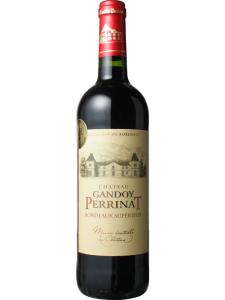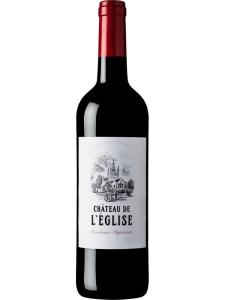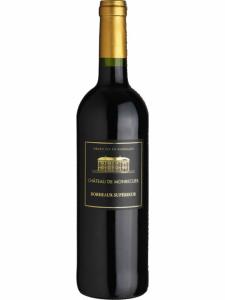-
中文名:超级波尔多
-
英文名:Bordeaux Superieur
-
位置:
-
葡萄园面积:公顷
-
葡萄酒特点:
-
产区产量:
-
土壤:
Bordeaux Superieur wines are, as their name implies, a slightly "superior" form of standard Bordeaux AOC wines. The supérieur appellation is open to both red and white wines from anywhere in the Bordeaux region, which stretches 80 miles (130km) from Sainte-Foy in the east to the very north-western tip of the Medoc.
Bordeaux Superieur wines are produced from the classic Bordeaux grape varieties. The reds rely heavily on Cabernet Sauvignon, Merlot and Cabernet Franc with smaller quantities of Malbec and Petit Verdot. Very occasionally, a splash of Bordeaux's long-lost Carmenere might also find its way into the blend, but only a handful of the region's vineyards are growing the variety.
A Saint-Emilion vineyard in Bordeaux
The white wines are produced mostly from Sauvignon Blanc and Semillon, with smaller quantities of Muscadelle and Sauvignon Gris.
Only two French appellations have adopted the concept of having a "superior" tier for their wines: Bordeaux and Beaujolais. Bordeaux's Graves district has its Graves Superieures appellation, but this is specifically for sweet white wines, rather than for any higher quality of wine. The concept is much more widely taken up in Italy, where many DOCs have a superiore form of their wine (e.g. Valtellina Superiore).
There are several things which make Bordeaux Superieur wines "superior". Most obviously, they tend to be a little richer and more complex than regular Bordeaux; the stricter production conditions outlined in the appellation laws that are to thank for this.
The key differences lie in the vineyards, which must meet higher planting densities; the more vines there are the harder each has to fight for survival, resulting in stronger, deeper root systems and healthier vines. Vineyards producing supérieur wines must have at least 4500 plants per hectare with at least 2.2 meters between the rows. Vineyards producing regular Bordeaux wine are required to have only 4000 plants per hectare, separated by a more generous 2.5 meters. Worth noting is that that these restrictions are still relatively relaxed when compared to those of, say, Sauternes, where each hectare must house at least 6500 plants.
The maximum yield per hectare obtained from the vineyards is also 10 percent lower for the supérieur wines, 9000kg for reds and 8000 kg for whites. The grapes must also be measurably riper when it comes to harvest time, with an extra 0.5 percent potential alcohol over those used for regular Bordeaux wines.
About a quarter of the Bordeaux vineyard area is given over to Bordeaux Superieur wines. It is spread across the region, with a bias towards the areas north of Saint-Emilion and Pomerol.




